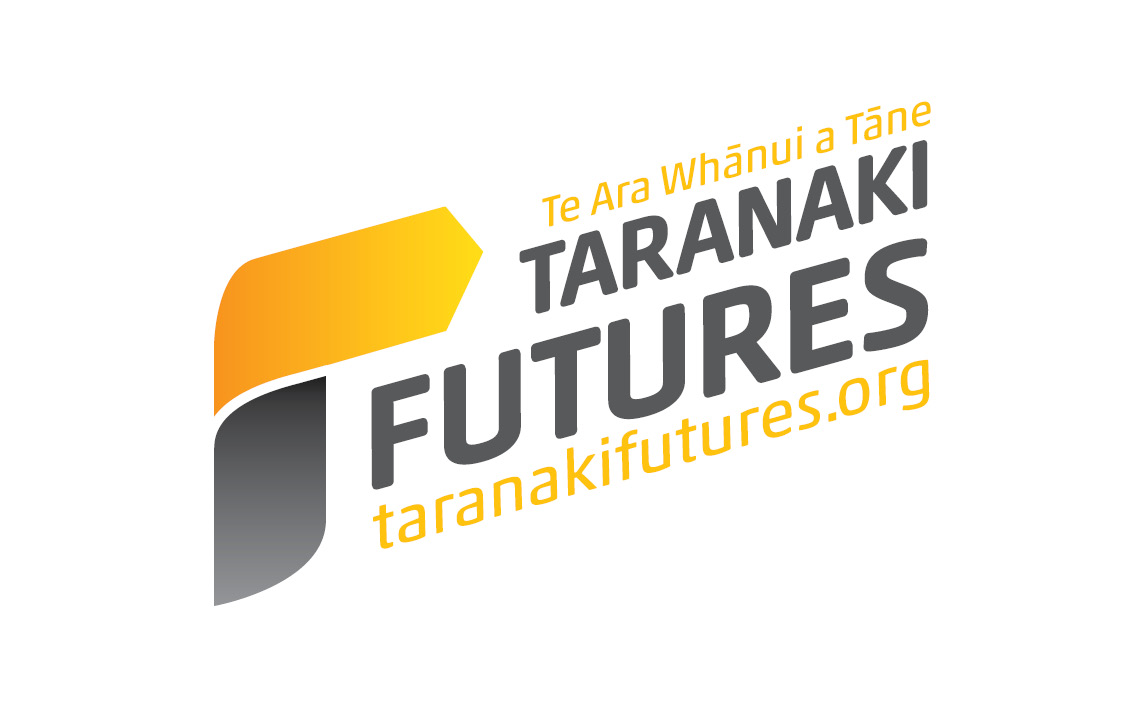From Baches to Engineering
An innovative pathway from school to engineering workshops has been launched at WITT.
The joint initiative involves WITT, Taranaki Futures and the Engineering Taranaki Consortium.
Taranaki Futures, which links educators, families, whānau and industry, is focusing on engineering as demand for apprentices grows.
New general manager Belinda Mooney, who took up her new role this week, said Build a Bach, which provided existing school students with a pathway into the building industry, had been a success – to the point that WITT could now fill its courses without help.
WITT’s Tertiary Pathways manager Melissa Kay said the polytech would continue to oversee a programme for existing secondary school students as well as the construction of two three-bedroom houses, by students enrolled in the New Zealand Certificate in Construction Trade Skills (Carpentry) (Level 3), on its Bell St campus.
The Government’s commitment to building 100,000 new homes would ensure WITT graduates would have work options.
After five years of Build a Bach it was time to reshape Taranaki Futures’ relationship with WITT and turn the lens to another boom area, and that was engineering. In September statistics from Engineering NZ showed just seven per cent of New Zealand graduates in 2017 studied engineering. Chief executive Susan Freeman-Greene said the number of graduates needed to be closer to the OECD average of 12 per cent if the country was to make up for a skills shortfall.
The new engineering programme will provide about 15 spaces for secondary school student in Taranaki who want to be part of that boom. Students will study towards NCEA Level 2 and 3 with credits specific to engineering.
The engineering programme concept is not unlike Build a Bach, which has exposed more than 80 existing school students to work in a trade, but the application will be different.
“Where we have had students work on building a bach at WITT after spending time with WITT tutors in class, under this new programme they will transition from the WITT classroom to engineering workshops,” Belinda said.
They will have some on-site work to do – the team will construct three trailers – but the major component of their learning will be at the cliff face.
Belinda said that was why the relationship with the Engineering Taranaki Consortium was crucial to the programme.
The Chair of the Engineering Taranaki Consortium board, Pat Hills, said the “exciting initiative” with partners WITT and Taranaki Futures aligned well with ETC’s vision for sustaining and growing the skilled engineering sector in Taranaki and promoting engineering as a viable and rewarding career option for our young people.
“Our members are very excited to be part of this new programme.”
The Engineering Taranaki Consortium comprises 11 companies from the Taranaki region. It boasts a workforce in excess of 1000 qualified and skilled tradespeople and more than 200 professional engineers.





